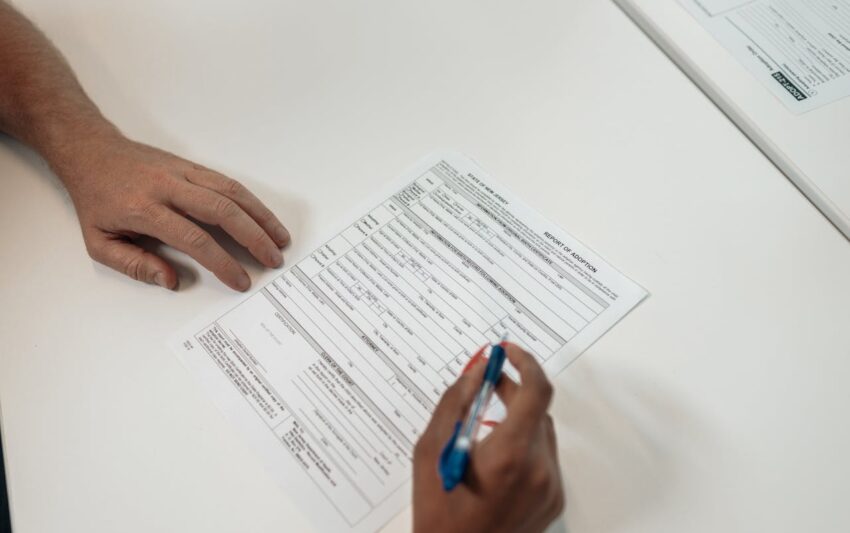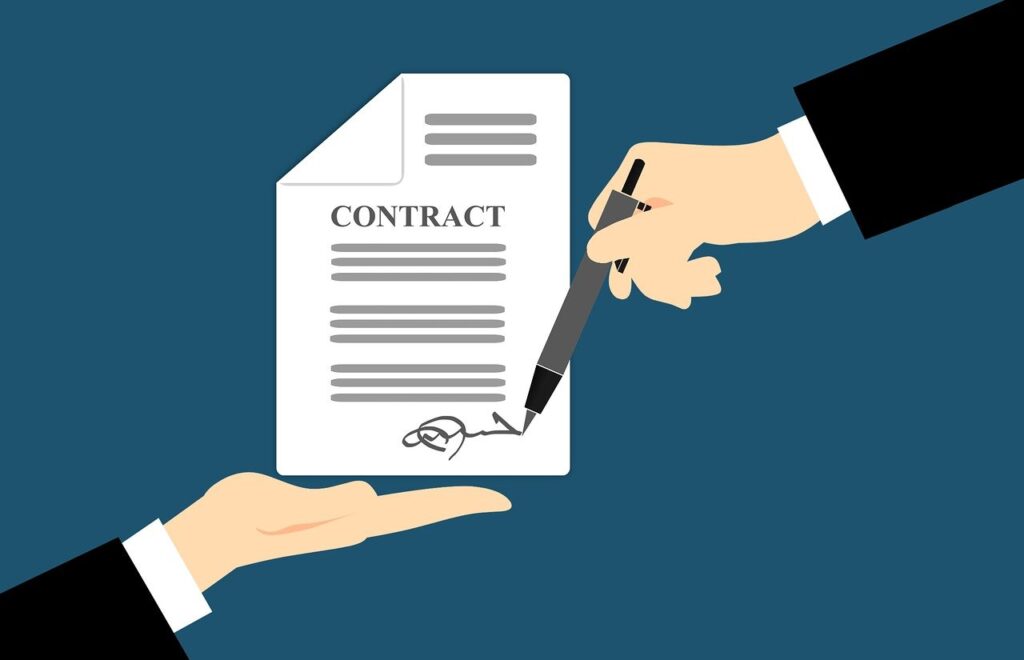
Introduction
A contract signing is a crucial part of making it valid in legal terms. A signed agreement has a heavy weight on enforceability by law. A signed agreement is understood that the parties involved are well aware of the terms and conditions and agree. This is a fundamental process for the formation of a contract for every business.
Putting a sign on a contract the contracting parties approved as a legally valid agreement. This document becomes binding to the parties involved and is enforceable by law.
Importance of signed agreement
Contract signing is a key element of business contracts. It forms the negotiations and terms of an agreement between two parties. This act does not count as a formality; it is crucial because it protects the rights of parties and ensures the legal enforceability of an agreement. A contract is made between two or more parties based on negotiations regarding commitment, terms, and conditions. In this process, the parties negotiate the enforceable terms outlined and agree upon them.
This process creates an agreement that includes legal obligations, rights, and responsibilities. A signed agreement is always legally binding to the parties, no one can escape from their duties towards the contract. It also ensures that the parties are aware of and understand the terms of the agreement.
To form a legally valid contract, you should include all types of compliance and non-compliance issues. Thus, a signed agreement is not just a formal procedure between the parties but a fundamental structure for making a legally binding and enforceable agreement. A well-drafted agreement maintains a good relationship between the parties and helps achieve business goals.
What are the best practices of the contract signing process?
Signing a contract is a significant process for making a legally valid agreement for every business. Some of the steps are needed to know before enter into an agreement. That is listed below:
The basic preparation (First draft):
In this stage, you should prepare an initial draft of a contract, it’s also known as the first draft. This process, includes, outlining the terms of the contract where the parties are agreed. Such as setting the rights, duties, and obligations of each party.
Review of contract (Second draft):
This is the second stage, in this step, you need to review, the contract which is made as a first draft. The contracting parties carefully review all the details of the contract. They also clearly understand the terms and conditions, and clauses and give their free consent upon the agreement. This step is important because a signed agreement becomes legally binding.
The final draft of an agreement:
Before signing a contract, the parties need to clearly understand all the clauses, terms, and conditions. After completion of the second draft and review of the contract, the parties need to make clear any misunderstands or queries. They can consult with the expert or business consultant to better understand the contract’s terms.
Signing an agreement:
This is the final step to making a legally binding contract between the parties. After completion of all the above processes, the parties sign the agreement. Held, a signed agreement became binding to them.
Record keeping:
The contracting parties need to maintain a record of the signed agreement. It will help for future reference and evidence purposes.
Best practices for making an effective and valid agreement
Specify goals and completeness:
To avoid risk factors, you should include some specific details that clarify the purposes and help to outline the contract. In this way, include the details of aims that parties need to achieve from the agreement, and accordingly specify terms and obligations. Keeps the the contract draft in simple and understandable language, so anyone can easily understand all aspects.
Identify the parties and Authority:
In this clause, mention the identities and authority of each party involved in the contract and mention who is an authorized signatory. It creates a legal enforceability of the agreement.
Specify the witnesses and registration process:
If it applies to the contract, mention the details of the witnesses and register the agreement. It provides more safeguards to the contract to make it legally valid.
What are the types of signatures?
Certain types of signatures can be used for the signing of an agreement. The most common types are listed below:
Symbols and marks:
Symbols and marks can be used for signature purposes. This method has been used since ancient times. At that time authorized people, like kings used seals or marks for the validation. The important factor of this symbol is unique, so it is easy to identify the signer.
Written or wet signature:
This type of signature is a popular form, and it is used for various purposes. It is also known as a wet signature. Basically, it is physically marked by a person on a written or printed document. It can be created physically, by machine, or by the person.
Electronic signature:
This type of signature is also called a digital representation of a written signature. The data of the electronic signature is attached with another electronic form such as an electronic document. The electronic signature is used for the authentication of a document via signing.
Digital signature:
Digital signatures are also a form of electronic signatures, used for the electronic representation of a signature. This type of signature provides more security in the digital world. A digital signature uses the PKI (public key infrastructure) which is maintained by a specialized digital certificate authority. The user needs a digital certificate with a certain validity. For, the usage of a digital signature, The user requires a public key and a privet key match to encrypt a signature. If those keys do not match the signature becomes invalidated.
Clickwrap signature:
Click-wrap signatures are often used for online transactions. When, the user completes the purchasing or registration process, before finishing they need to fill up a check box, or similar form of consent. It generally, asks for an agreement of the terms and conditions which are attached with other linked pages for detailed reading. The user, who wishes to agree is required to click the box and give their consent.
What is the difference between a fully executed contract and an executory contract?
The fully executed contract and executory contract look like the same things, but there are some differences between them. Such as:
A fully executed contract means all contracting parties performed their parts of obligations and fulfilled the contract’s terms. While, a contract is signed by the parties, and make it finalized is known as an executor contract.
To better understand the difference let’s refer to an example: A tenant and a landlord enter into a lease agreement and agree upon the terms and conditions. In this situation, when they signed the agreement it was an executory stage. While, they complete their obligations at the end of the lease period, without breaching of contract, the said contract is fully executed.
What is the difference between the execution date of the contract and the effective date of the contract?
The execution date of the contract and the effective date of the contract, look like the same things, but there are some differences between them. Such as:
The contract’s execution date refers to when the contract is confirmed and signed by the parties. The contract’s effective date refers to when the contract’s terms go into effect.
To better understand the difference let’s refer to an example: Company X enters into a contraction contract with Company Y. The contracting parties agreed upon the terms and conditions and put their signatures on the executed date.
But the contraction works start future date after completion of other requirements. In that case, the effective date of the contract is when the contract works start as mentioned.





